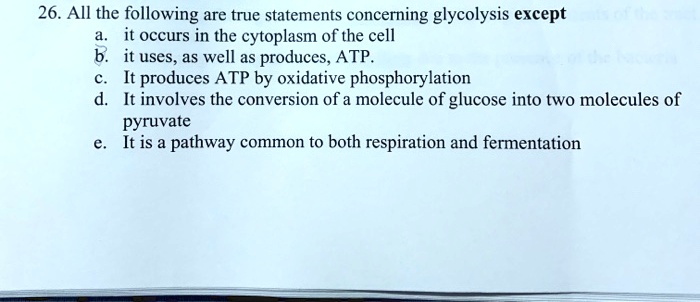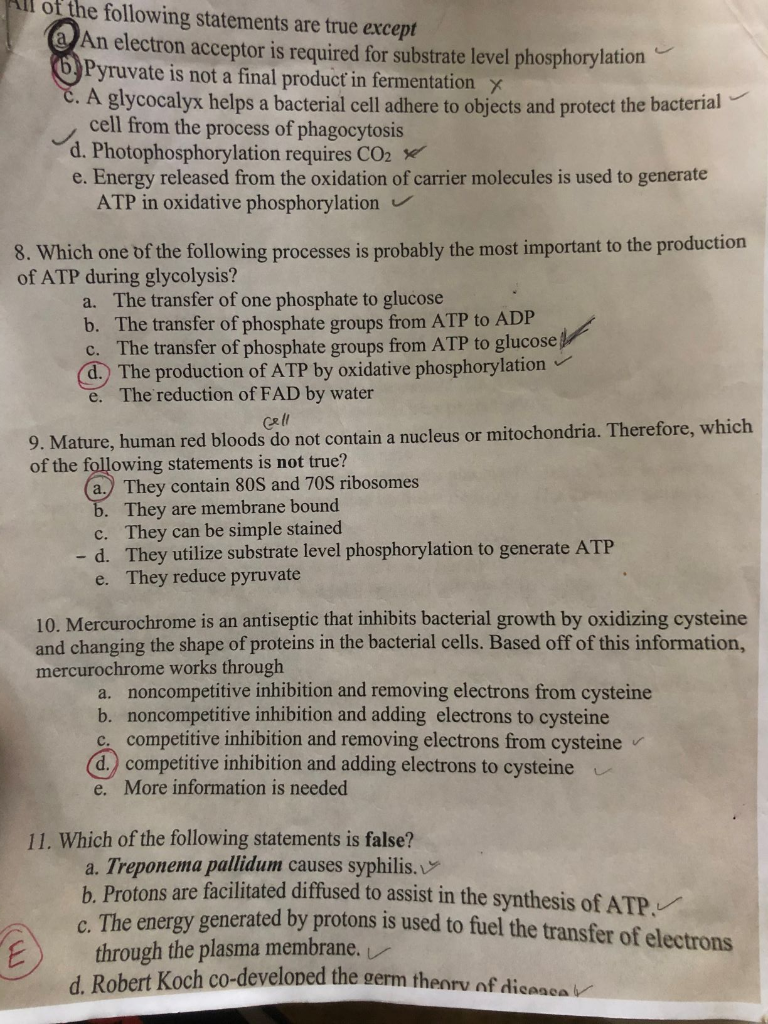Which Of The Following Statements About Fermentation Is True

Urgent clarification is needed: Misinformation surrounding fermentation is spreading rapidly. Understanding the correct principles is vital for safe food handling and scientific literacy.
This article directly addresses a pervasive question: Which of the following statements about fermentation is true? We cut through the noise and provide a definitive answer, backed by scientific consensus.
The Correct Answer: Fermentation Can Occur Without Oxygen
Numerous sources confirm this core truth. The key to understanding fermentation lies in recognizing it as an anaerobic process.
Fermentation is a metabolic process that produces chemical changes in organic substrates through the action of enzymes. Crucially, it can occur in the absence of oxygen, a condition known as anaerobic conditions.
This distinguishes it from aerobic respiration, which requires oxygen. Many incorrect statements incorrectly assert that fermentation *requires* oxygen or only occurs with specific microorganisms.
What is Fermentation?
Fermentation is a metabolic process. It converts sugar to acids, gases, or alcohol.
It occurs in yeast and bacteria, and also in oxygen-starved muscle cells, as in the case of lactic acid fermentation.
Therefore, the statement highlighting the possibility of anaerobic conditions is the only accurate one.
Why the Confusion?
Misconceptions about fermentation often stem from its various applications. Some processes involving fermentation might *indirectly* involve oxygen at some stage, but the core fermentation reaction itself is anaerobic.
For example, the production of vinegar utilizes fermentation to produce ethanol. Subsequent oxidation then produces acetic acid. This is commonly mistaken as oxygen directly involved in the fermentation itself.
This multistep process can be confusing for those unfamiliar with the precise biochemistry involved.
Examples of Fermentation
Many well-known food and beverage products rely on fermentation. These include yogurt, cheese, kimchi, sauerkraut, beer, and wine.
Each of these products is made through different specific fermentation processes. However, each are initiated, proceed, and complete without the presence of oxygen.
Lactic acid fermentation is responsible for yogurt and sauerkraut. Alcoholic fermentation is responsible for beer and wine.
The Science Behind Anaerobic Fermentation
During fermentation, microorganisms break down sugars in the absence of oxygen. This produces various end products like ethanol, lactic acid, acetic acid, and carbon dioxide.
These end products are responsible for the flavor, texture, and preservation properties of fermented foods. Different microorganisms produce different end products based on the enzymes they contain.
The specific pathway depends on the enzymes present in the microorganism. These enzymes catalyze the reaction that produces acids, gases or alcohols.
Common Misconceptions Debunked
Misconception 1: Fermentation requires oxygen. Fact: Fermentation is an anaerobic process.
Misconception 2: Only certain bacteria can perform fermentation. Fact: Many bacteria, yeast, and even some animal cells can perform fermentation.
Misconception 3: Fermentation is always the same process. Fact: There are different types of fermentation (e.g., lactic acid, alcoholic) with different end products.
Expert Opinions
According to Dr. Emily Carter, a food microbiologist at the University of California, Davis: "The fundamental characteristic of fermentation is that it occurs in the absence of oxygen. Any statement implying otherwise is simply incorrect."
The World Health Organization (WHO) defines fermentation as a process that can occur anaerobically. Their published materials are available online.
Leading academic textbooks on microbiology and food science consistently emphasize the anaerobic nature of fermentation.
Impact on Food Safety
Understanding the anaerobic nature of fermentation is crucial for food safety. It impacts how foods are processed and stored.
Properly fermented foods prevent the growth of harmful microorganisms by creating an acidic environment. This is an important preservation method.
Ignoring this principle can lead to improper fermentation and potential food spoilage or even foodborne illness.
Next Steps
This clarification should serve as a basis for future learning. Consult reliable sources, such as university extensions and government health organizations, for further education.
Stay informed about updates in food science and microbiology. Continued research will continue to refine our understanding of these important processes.
Ensure any educational materials you access accurately reflect the scientific consensus regarding anaerobic fermentation.
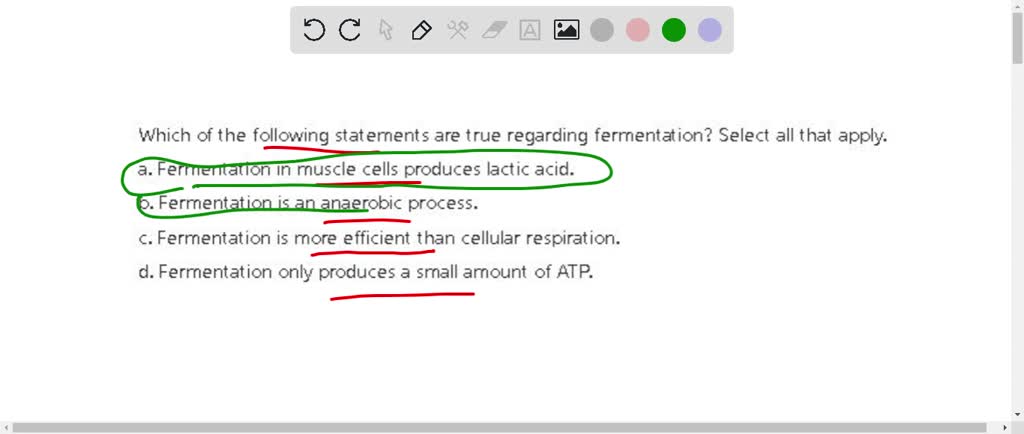


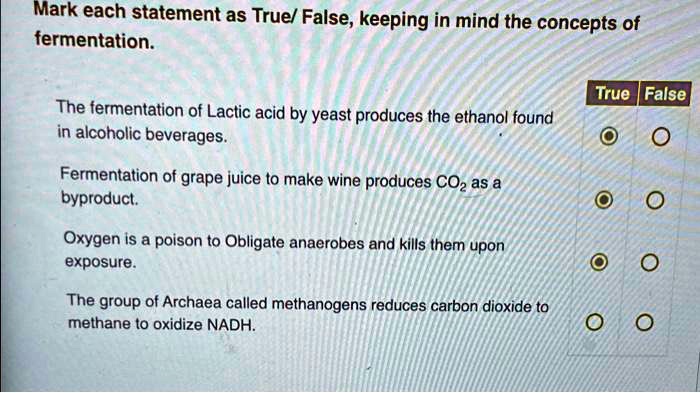



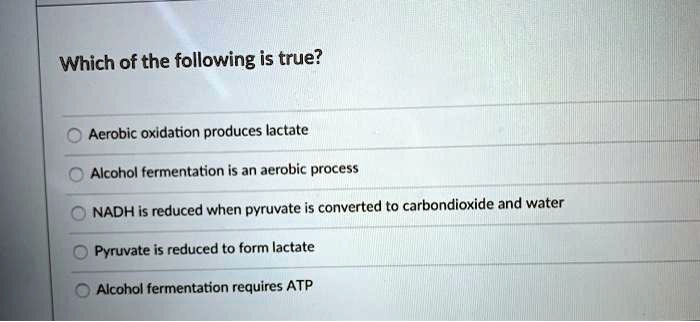
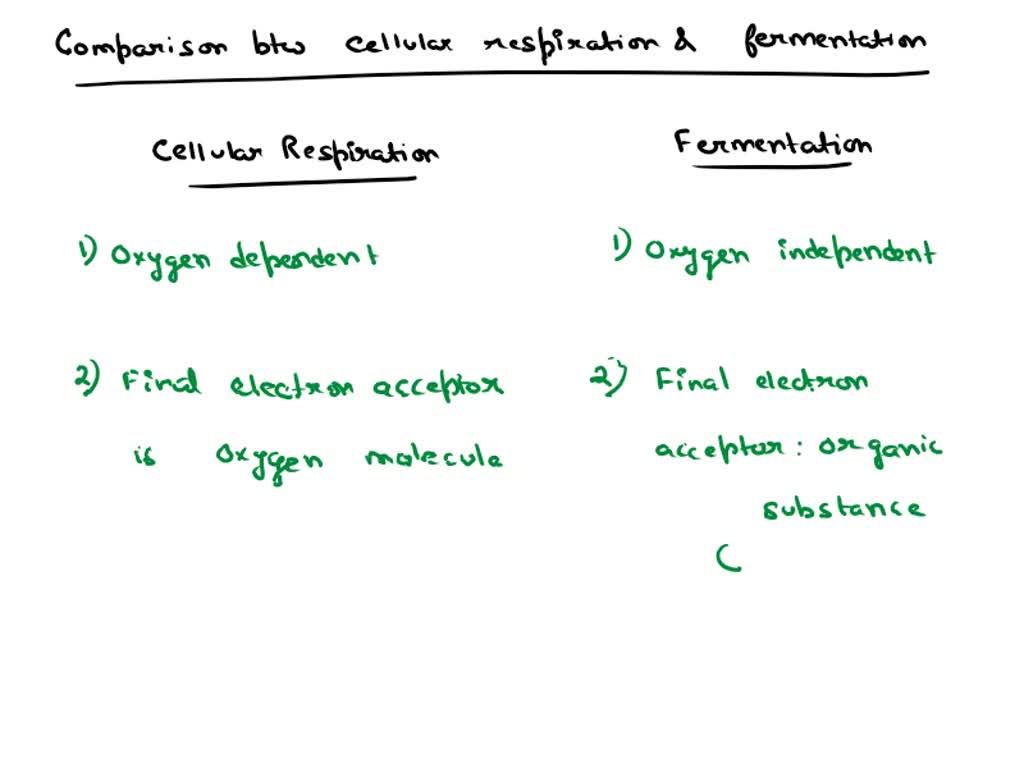
![Which Of The Following Statements About Fermentation Is True [ANSWERED] 3 Choose the true statement s about fermentation select all](https://media.kunduz.com/media/sug-question-candidate/20231005003555288014-5485104.jpg?h=512)

